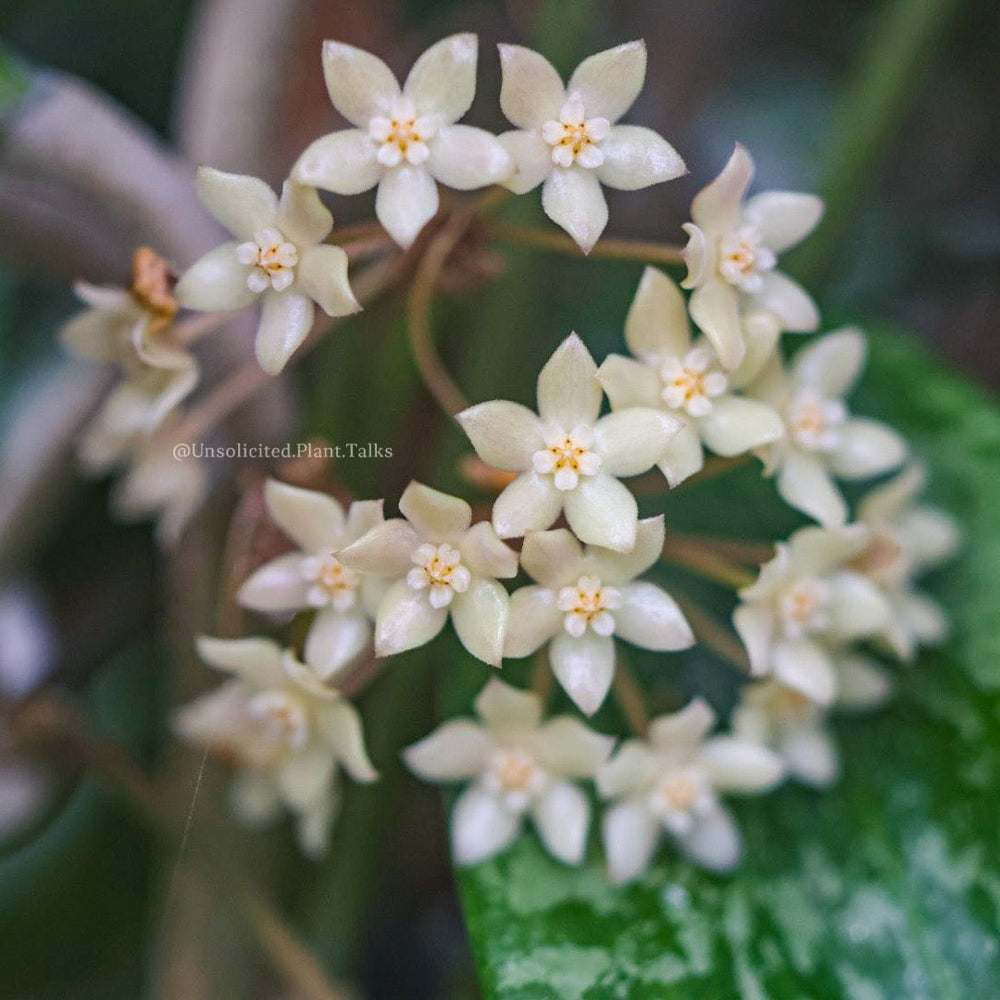The Enchanting World of Hoya plants
Hoya plants, often referred to as wax plants or porcelain flowers, are a captivating addition to any indoor space. Renowned for their unique beauty and relatively low-maintenance nature, these vining plants have gained immense popularity among plant enthusiasts.
The Price of Beauty: How Much Does a Hoya Plant Cost?
The price of a Hoya plant can vary significantly depending on several factors, including:
Species and Variety: Rarer species and unique cultivars tend to command higher prices.
While it’s difficult to provide a definitive price range, you can typically find Hoya plants for sale at prices ranging from affordable to quite substantial, especially for rare or exotic varieties.
The Benefits of Owning a Hoya Plant

Beyond their aesthetic appeal, Hoya plants offer a range of benefits:
Air Purification
Like many houseplants, Hoya plants contribute to improving indoor air quality by absorbing harmful toxins and releasing oxygen.
Low Maintenance
Hoya plants are known for their resilience and ability to thrive in various indoor conditions. They require minimal care, making them ideal for busy individuals or those new to plant care.
Aesthetic Appeal
Hoya plants are renowned for their distinctive foliage and stunning blooms. Their unique appearance can add a touch of elegance and sophistication to any room.
Stress Reduction
Studies have shown that interacting with plants can reduce stress and anxiety levels. Caring for a Hoya plant can be a therapeutic and enjoyable experience.
Caring for Your Hoya Plant: A Step-by-Step Guide

To keep your Hoya plant thriving, follow these simple care tips:
Light
Hoya plants prefer bright, indirect light. Avoid exposing them to direct sunlight, as this can scorch their leaves.
Watering
Hoya plants are succulent, which means they can store water in their leaves. Overwatering is a common mistake that can lead to root rot. Allow the soil to dry out completely between waterings.
Temperature
Hoya plants thrive in warm temperatures between 65°F and 85°F (18°C and 30°C). Avoid placing them near cold drafts or heat sources.
Humidity
While Hoya plants can tolerate low humidity, they appreciate slightly higher humidity levels. Misting the leaves occasionally or using a humidifier can help create a more humid environment.
Fertilizing

Hoya plants are not heavy feeders. Fertilize them once or twice a year during the growing season with a balanced liquid fertilizer diluted to half strength.
Pruning
Pruning is not necessary for Hoya plants, but you can trim them to shape or remove dead or damaged leaves.
Propagating Your Hoya Plant: A DIY Guide
Propagating Hoya plants is a rewarding experience that allows you to expand your collection or share with friends and family. Here’s how to propagate your Hoya plant:
Stem Cuttings
1. Select a healthy stem cutting: Choose a stem cutting with at least two nodes.
2. Remove the lower leaves: Strip the leaves from the bottom two inches of the stem cutting.
3. Dip in rooting hormone: Dip the cut end in rooting hormone to encourage root development.
4. Plant in potting mix: Plant the stem cutting in a pot filled with well-draining potting mix.
5. Provide warmth and humidity: Place the pot in a warm, humid location, such as a propagator or a plastic bag.
6. Monitor and water: Keep the soil slightly moist but not soggy. Roots should develop within a few weeks.
Leaf Cuttings
1. Select a healthy leaf: Choose a healthy, mature leaf with a short stem attached.
2. Place on moist potting mix: Place the leaf on top of moist potting mix, ensuring the stem is in contact with the soil.
3. Provide warmth and humidity: Cover the pot with a plastic bag to create a humid environment.
4. Monitor and water: Keep the soil slightly moist. New plantlets should emerge from the base of the leaf.
Where to Buy Hoya Plants: A Buyer’s Guide
Hoya plants are widely available at various retailers, both online and in-store. Here are some popular places to purchase Hoya plants:
Local Nurseries and Garden Centers: Check your local nurseries and garden centers for a variety of Hoya plants.
Conclusion
Hoya plants are a delightful addition to any home or office. With their captivating beauty, low-maintenance nature, and numerous benefits, it’s easy to see why they have become so popular. By following the care tips outlined in this guide, you can enjoy the beauty of your Hoya plant for years to come.
